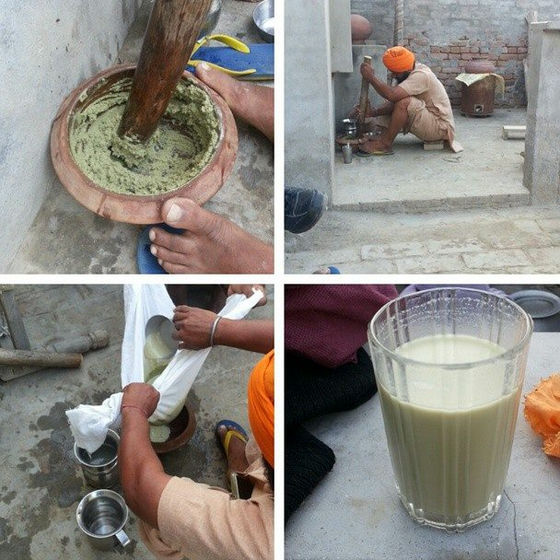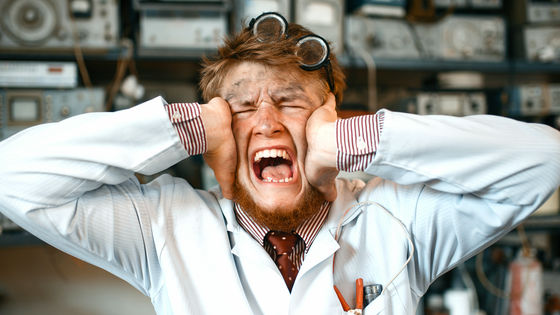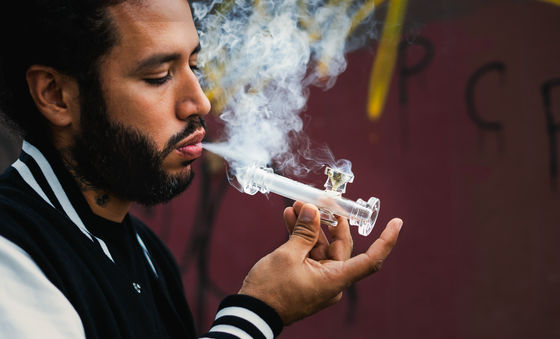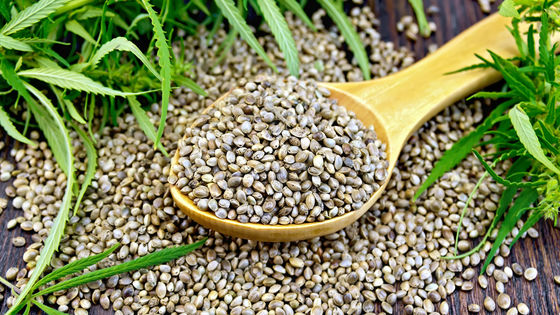How was cannabis treated in the scientific world?

Although cannabis can cause
Theire Soe Admirable Herbe: How the English Found Cannabis – The Public Domain Review
https://publicdomainreview.org/essay/how-the-english-found-cannabis
In 1673, Thomas Bowley , a seafarer at the British East India Company , visited Machiree Putnam , India for trade. Machiree Putnam is a vibrant port city, and she describes her impression of Bowley's first visit to the port as A Geographical Account of the Countries Around the Bay of Bengal 1669-1679. ) '.
In his book, Bowley states that she was impressed by the different cultures, such as viper snakes dancing to music and beautiful calicos . However, it should be noted that it was a drink that local people were drinking, Bangoo . Bangoo has been popular with Indians since BC, and Bowley says Bangoo was like 'a disgusting alcoholic drink.' Bangoo was primarily made from hemp grown on Sumatra . Bangu is still used as a luxury item in India in the 21st century.

People who took Bangu immediately became amused and began to laugh at every event, while others were overwhelmed by fear, depression and distress. 'Taking Bangoo looked like a kind of psychological mirror that amplifies and reflects on the inner state of the consumer,' Bowley said.
Recommended by the Indians, Bowley decided to try Banghu with his colleagues. `` The bangoo worked quickly, one sat on the floor and cried violently throughout the afternoon. The person, with his head plunged into a large vase, did not try to move for more than four hours, and the temperant one began to fight the wooden pillars on the porch and continued until the knuckles were scarred. The other four or five lay on the carpet and each began to say, 'I want to be the emperor.' '

Bowley, witnessing the benefits of Bangu, was keenly aware that the raw material hemp had commercial value as an amusement and medicine. However, treating cannabis as a commodity was not easy in England in the 17th century. In order for cannabis to be a commercial product, it needed to prove its medical and recreational value and be recognized by the
Robert Knox , also a seafarer at the East India Company, was the key person spreading cannabis to Britain. Knox was confined to the Kingdom of Kandy in Sri Lanka in 1670, but fled to the sea stealing Sloop . During his flight, Knox and another escaped, who suffered from thirst, managed to get rid of the rainwater and dry, but suffered a disease with severe fever.
Mr. Knox was lucky enough to have been protected in his escape and prescribe marijuana as a medicine. 'I wouldn't have died without the anti- nausea effect of cannabis used as an antidote in South Asia. I didn't get sick after taking cannabis,' he said. Mr. Knox also stated that the effects of cannabis are 'if you eat dry cannabis with an empty stomach in the morning and evening, your brain will get drunk and dizziness will occur.' Knox was obsessed with cannabis and, after returning to London in September 1680, continued to procure and take cannabis independently.

On November 7, 1689, Knox provided a sample of cannabis leaf and seeds to a friend and fellow Royal Fellow,
On December 18, 1689, Mr. Hook spoke at the Royal Society, explaining the use of cannabis in patients including Knox and Hook himself. The method of administration was to grind the leaves and seeds into powder, chew and swallow. Hook commented on the patient receiving the cannabis, 'Patients did not understand or remember what they saw or heard. They seemed natural but could speak meaningful words. But the patient was very cheerful, laughing, singing, talking, not swaying, getting drunk, walking, dancing, and doing lots of weird pranks. ' You.
Despite knowing that cannabis lacked 'understanding' and 'sensation', Hook's reputation for cannabis was positive, claiming that 'cannabis proves to be valuable in medicine.' Mr Hook determined that cannabis was well-known in India and elsewhere and was taken by thousands of people, so there was no danger. Hook also stated that he wanted to produce cannabis in London, and was already preparing to grow cannabis from seeds.

In the end, Hook's attempt to 'prove marijuana valuable in medicine' has failed. However, the potential of hemp he foresaw was not entirely wrong. In 1839, after studying by Irish physician William Brook O'Shaughnessy , a cannabis tincture was created and began to be sold throughout the UK as medical cannabis .
In 1842, cannabis was recognized as a 'medicine for relieving fatigue and anxiety'. Hook has failed to distribute cannabis, but he knows that his analysis of the effects of 'losing memory' was correct.
Related Posts:
in Note, Posted by darkhorse_log







